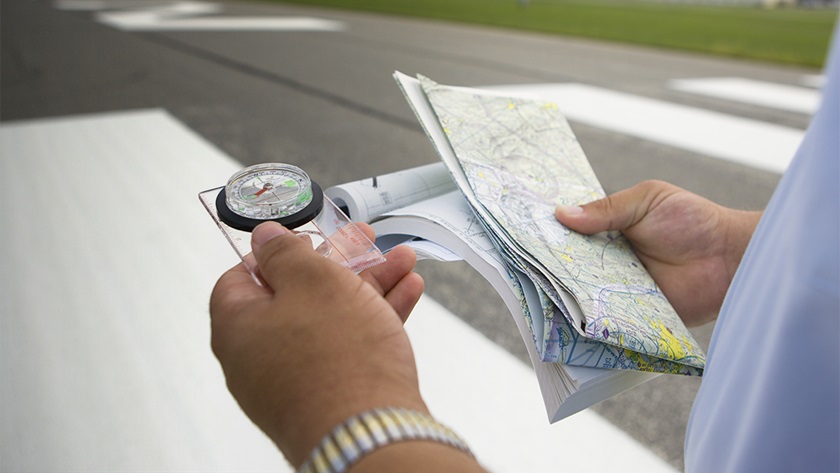Training Tip: Chasing north
Student pilots learning navigation have enough on their minds without having to worry about magnetic north going on a walkabout. But that’s just what the magnetic north pole is doing, according to the National Oceanic and Atmospheric Administration.

North’s nonscheduled sojourn is unfolding so fast that NOAA’s National Centers for Environmental Information called out our cardinal compass coordinate in a Feb. 4 news release, doubling down on the deleterious details of the direction's drift.
When studying aerial navigation, you learned that the positions of magnetic north and true north differ, the difference expressed as magnetic variation. You probably plotted courses by hand using a formula that involves figuring the true course, adding or subtracting a wind-correction angle to get the true heading, applying magnetic variation (“east is least and west is best”) to find the magnetic heading, and correcting for compass error (deviation) to determine the compass heading.
The idea that magnetic variation changes over time was probably skipped over because that won’t happen between the time you plot your cross-country and the day you fly it.
But when magnetic variation’s change does become noticeable, things can go south without corrective action because the World Magnetic Model is the standard reference “for navigation, attitude and heading referencing systems using the geomagnetic field.”
When that data changes, the publications you use for flight planning must be updated—so when magnetic north steps out of line faster than expected, everyone has to catch up, including makers of smartphones and GPS devices.
Suppose a very rusty pilot takes off and heads for Pittsfield Municipal Airport in Maine without any preflight prep. On arrival he looks down and sees Runway 18/36 and thinks he's lost, because he was expecting to land on Runway 1/19—the runway bearings that were painted on the pavement long ago.
“Airport runways are perhaps the most visible example of a navigation aid updated to match shifts in Earth’s magnetic field,” the NCEI said.
What might be causing magnetic north to lose its way?
“Unpredictable flows in Earth’s core” can skew predicted values, the NCEI scientists said, noting that “the north polar region is experiencing one of these erratic changes.”

